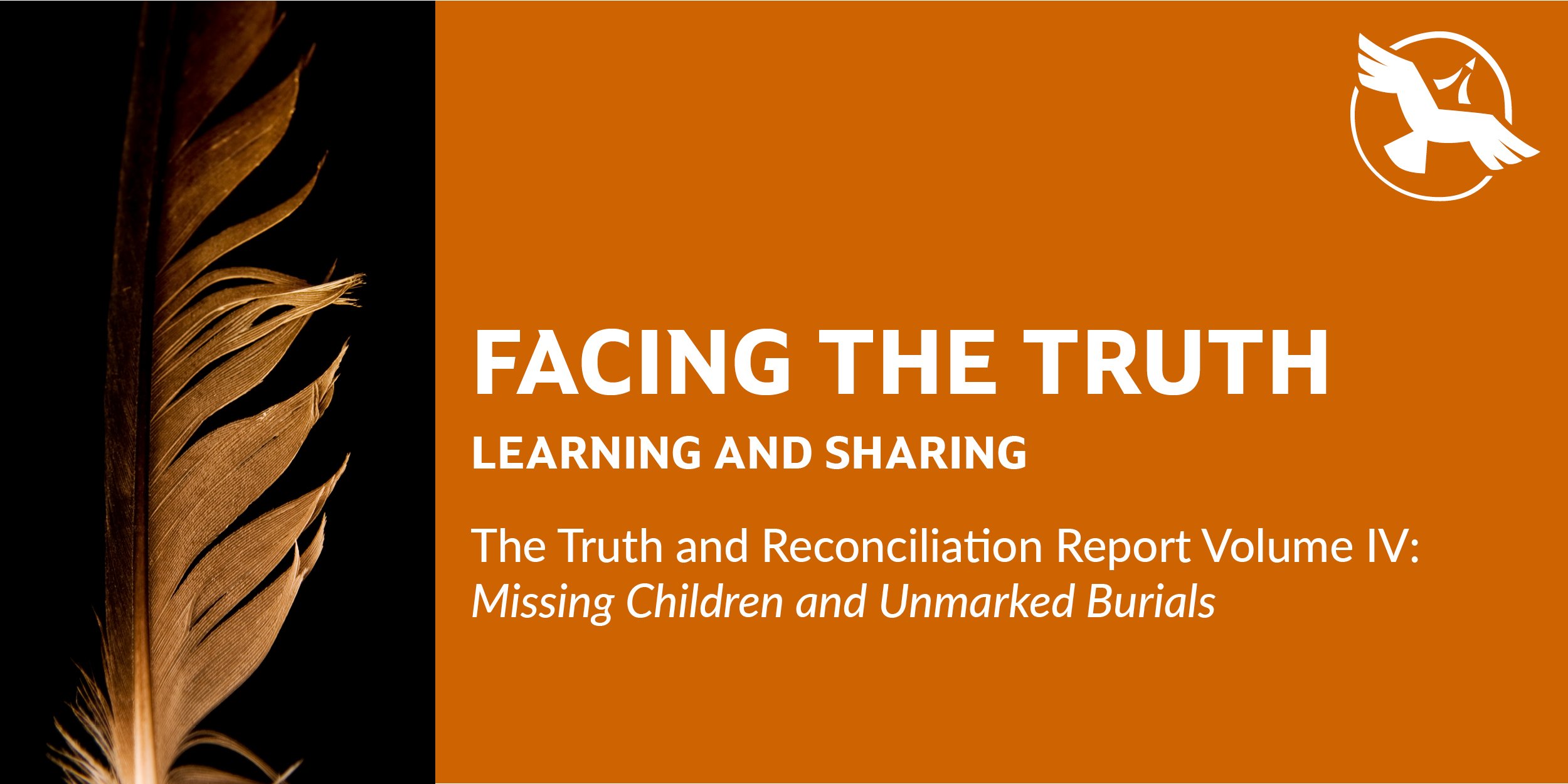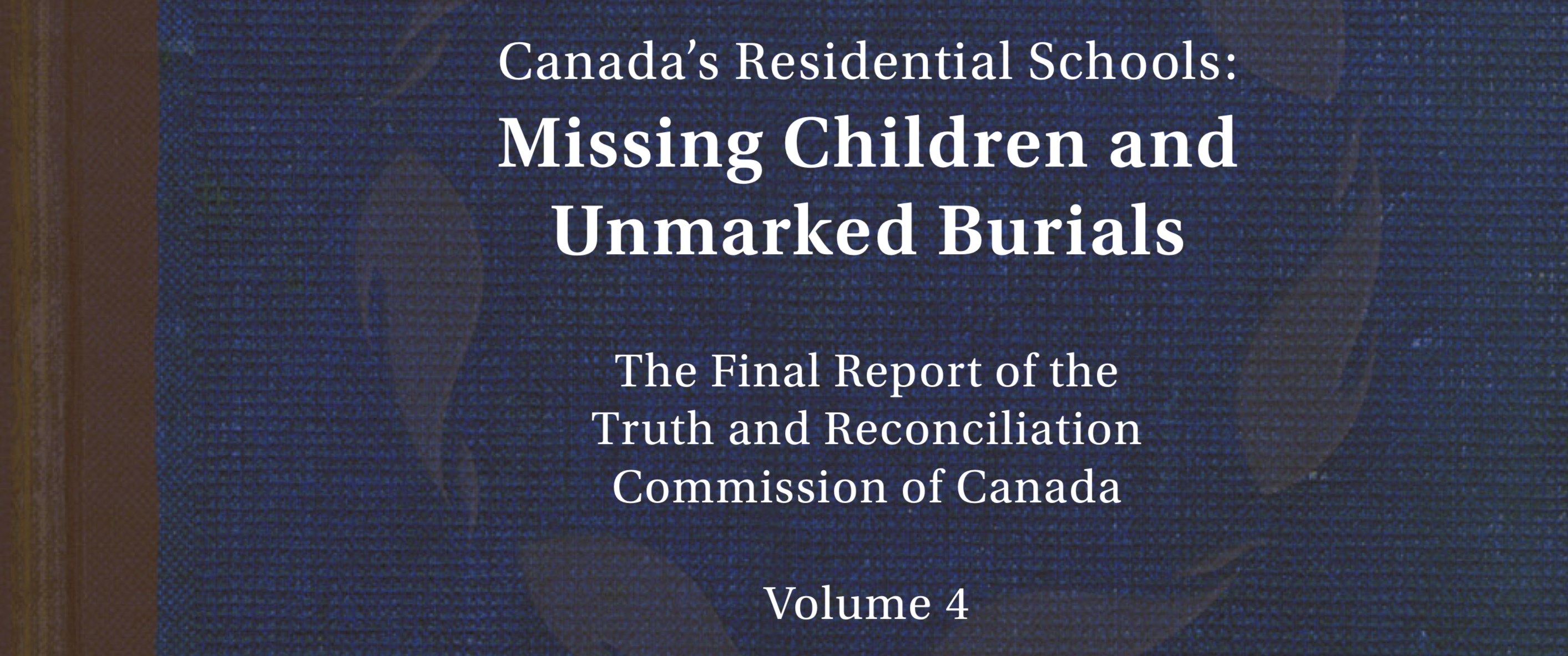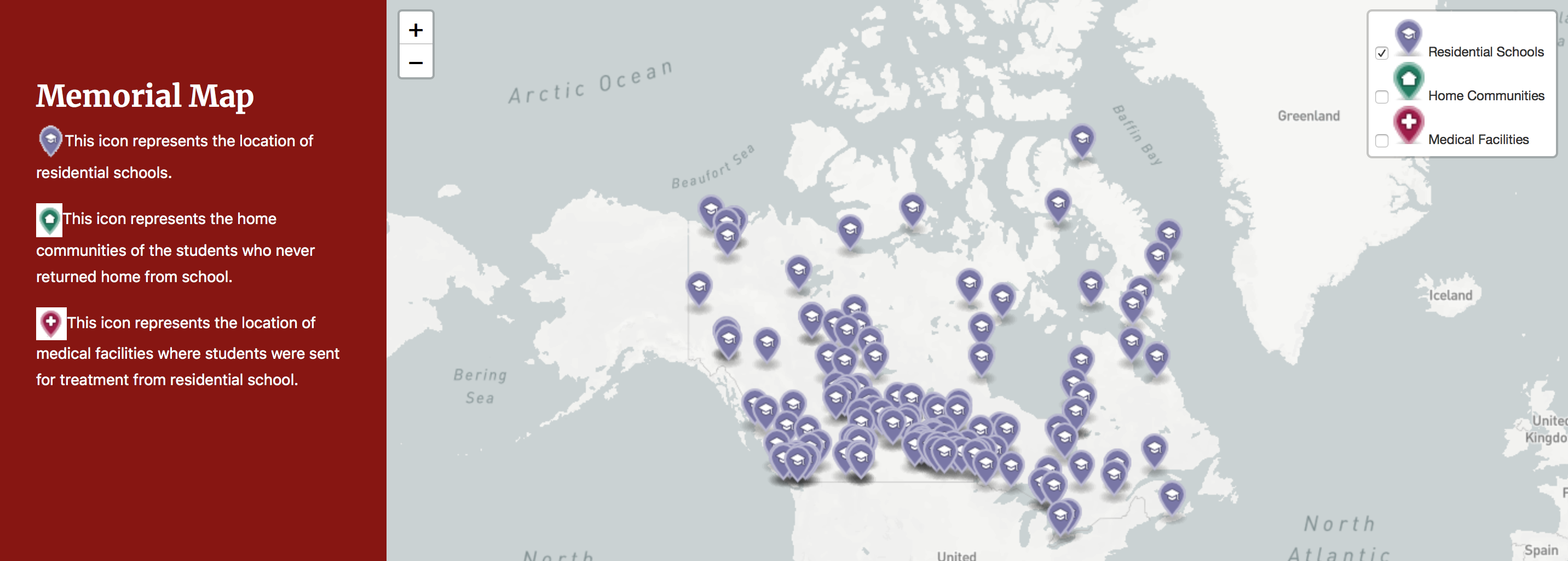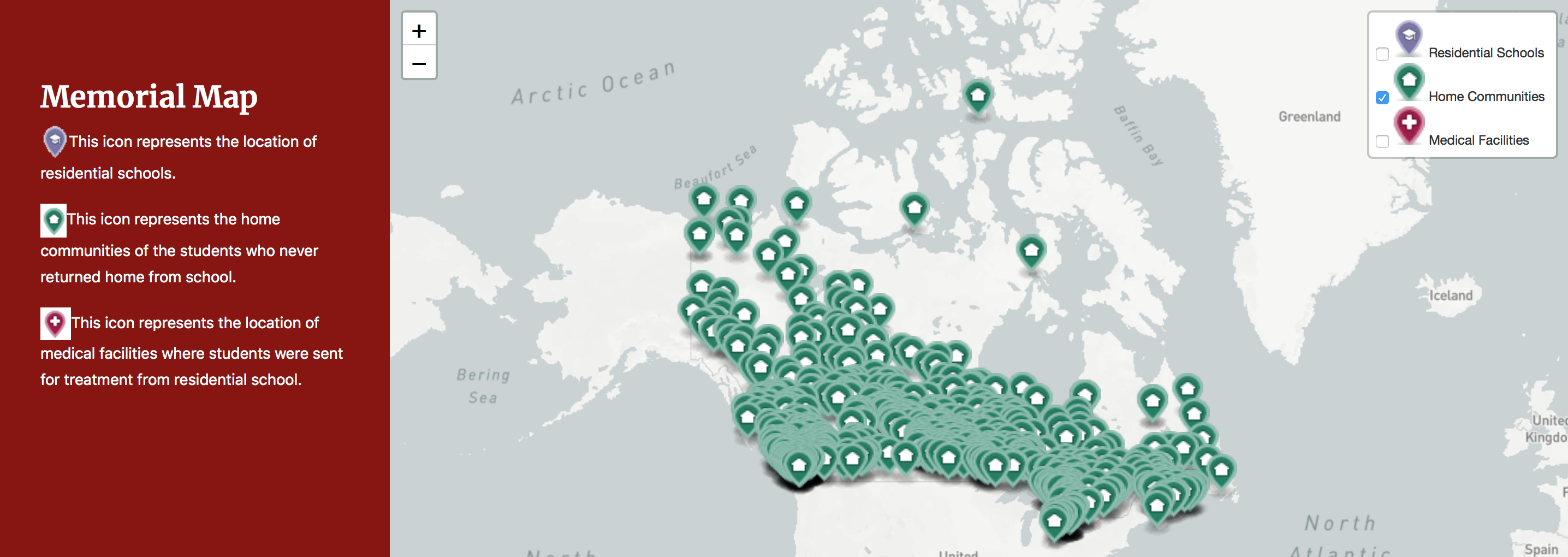 Today marks the first day of National Indigenous History Month. Usually, we greet this month with excitement as we celebrate the resilience of Indigenous Peoples, and share all of the amazing and inspiring things going on across Turtle Island. We will continue to share that brilliance. However, given the recent discovery of 215 precious souls at the former residential school in Kamloops, we must speak to the historic and ongoing treatment of Indigenous peoples in the world today.
Today marks the first day of National Indigenous History Month. Usually, we greet this month with excitement as we celebrate the resilience of Indigenous Peoples, and share all of the amazing and inspiring things going on across Turtle Island. We will continue to share that brilliance. However, given the recent discovery of 215 precious souls at the former residential school in Kamloops, we must speak to the historic and ongoing treatment of Indigenous peoples in the world today.
We here at Shared Value Solutions feel we can contribute to the truth and reconciliation conversation. We are a team of Indigenous and non-Indigenous professionals who have seen and learned much on our journeys – and acknowledge we have so much more to learn and to know.
Starting today, we will share what we are learning about the findings of the Truth and Reconciliation Commission Reports. In honour of the 215 children discovered, we will begin with TRC Report Volume 4, Canada's Residential Schools: Missing Children and Unmarked Burials.

TRC Report Volume 4, Canada’s Residential Schools: Missing Children and Unmarked Burials
From the chapter: "Canada’s Residential Schools: Missing Children and Unmarked Burials is the first systematic effort to record and analyze deaths at the schools, and the presence and condition of student cemeteries, within the regulatory context in which the schools were intended to operate. As part of its work the Truth and Reconciliation Commission of Canada established a National Residential School Student Death Register. Due to gaps in the available data, the register is far from complete. Although the actual number of deaths is believed to be far higher, 3,200 residential school victims have been identified. The analysis also demonstrates that residential school death rates were significantly higher than those for the general Canadian school-aged population."
Some facts from the chapter - which is now obviously out of date:
- 3,201 children died in residential schools (the TRC report notes that not all deaths were recorded)
- As late as 1945, the death rate at residential schools was 4.9 times higher than that of the general death rate of the Canadian school-aged population.
- In the 1960’s, the death rate were still double that of the general school-aged population.
- The cause of death is unknown for approx. half of the children.
- There is no known location of death for approx. half of the children.
- The TRC Commission found that the federal government never established adequate standards to guarantee the health and safety of the students, it never enforced the low standards it did establish, the reasoning for this was to keep residential school costs to a minimum, and that the failure to establish standards and fund schools resulted in unnecessarily high death rates.
National Centre for Truth and Reconciliation Memorial Map
The scale of this tragedy is hard to grasp. At SVS we often turn to maps in our storytelling efforts.
The NCTR has a striking map that shows all of the residential school locations. Here is a screen shot - but please visit the site to zoom in and look around:
The closest residential school to SVS's home office in Guelph is the former Mohawk Institute Indian Residential School. You can attend a virtual tour of the Mohawk Institute: https://woodlandculturalcentre.ca/tours/

This second map shows the home communities of children who never returned from residential schools. There are no words.

What can you do to take action:
- You can educate yourself about the history of residential schools
- You can have conversations with your family, your friends, and your children (they are not too young – there are many age appropriate books out there written by Indigenous authors) Project of Heart Resource Booklet.pdf (bctf.ca)
- Read the TRC final report Reports NCTR
- Get comfortable being uncomfortable
- Understand what it means to be an Indigenous Ally
- Uplift Indigenous voices and hear their truths
- Register for this free course through the University of Alberta: Indigenous Canada | Coursera
Get the next instalment of this series delivered to your inbox:
About Us: Shared Value Solutions
We are a Canadian B Corp, and we assist Indigenous Nations with support throughout regulatory processes surrounding major development projects like mines, hydroelectric facilities, transmission lines, highway expansions, oil and gas pipelines, natural resource transport applications and nuclear power.
We have deep context and experience behind the recommendations we provide, having worked for our clients on almost every major project in Canada over the last 10 years. For us, it’s all about building long-term relationships with our clients. We want to get to know you and what you want to do so we can help you move your plans forward.
Core Services:
- Impact Benefit Agreement Negotiation Support
- Technical Reviews and Regulatory Process Support
- Community and Economic Development Planning
- Indigenous Knowledge and Land Use Studies
- Environmental Monitoring
- Guardians Program Development
- Climate Change Readiness
- GIS and Mapping
- and a whole lot more...www.sharedvaluesolutions.com

